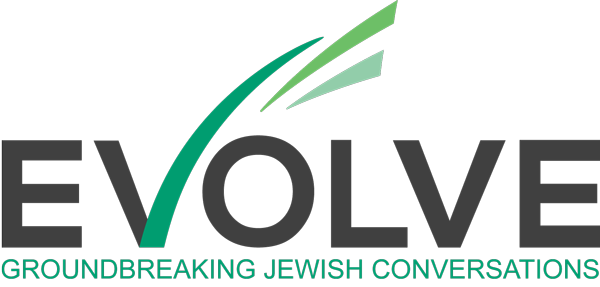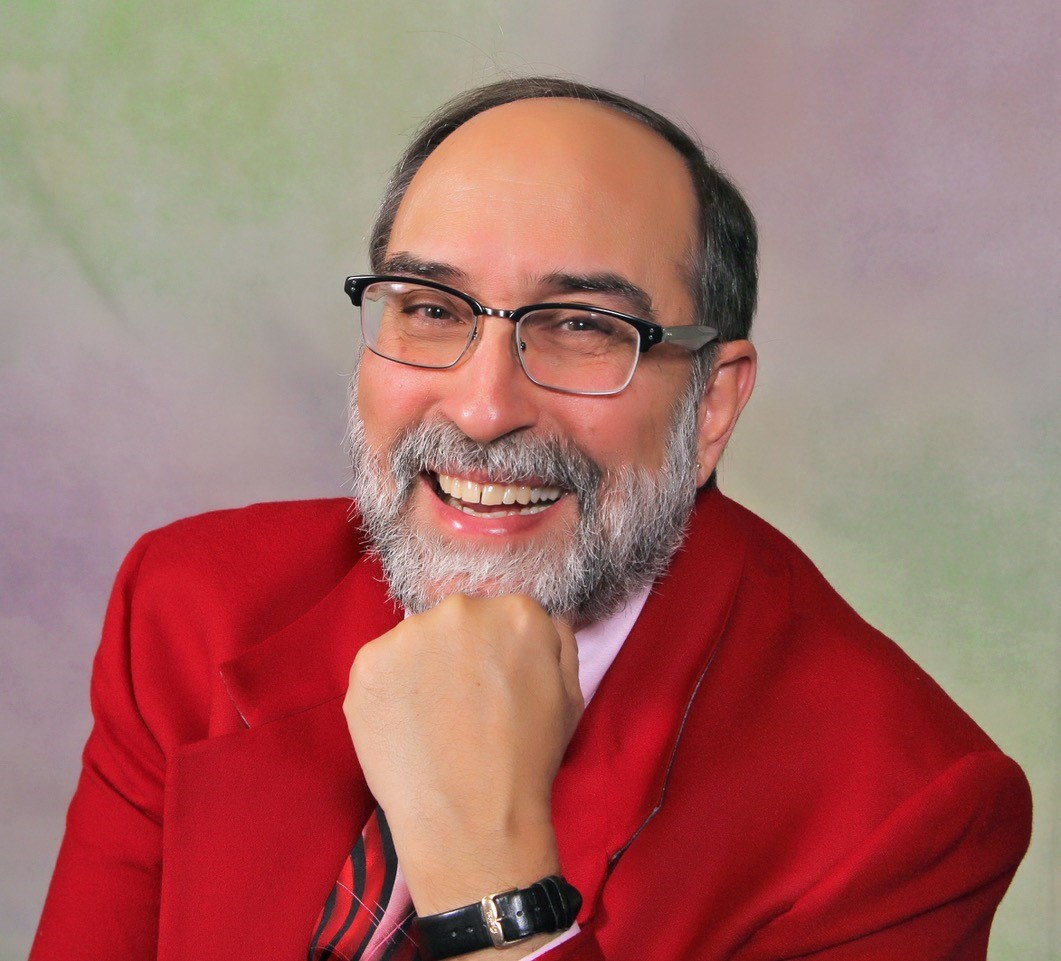Background
I taught my first “Death and Judaism” class in January of 1974. Subsequently, over the next five decades, I have worked as a death awareness educator, teaching widely on death, dying and the afterlife in Jewish thought and practice. One topic I am asked about most frequently (in addition to reincarnation) is cremation. People want to know the traditional Jewish understanding of cremation and whether it is a permissible practice today.
There have been voluminous discussions on this topic in both professional rabbinic e-mail lists and contemporary Jewish publications.[i] The fact is that upwards of 50% of Americans are choosing cremation.[ii] Given that many are alienated from and uninterested in Jewish death practices due to commercialization and the high costs of funeral and burial, the practice of cremation is rapidly expanding within the Jewish community. With anywhere from 20% to 30% of Jews opting for cremation in place of in-ground burial, I decided to discern my way through the pastiche of historical, theological and pastoral issues related to cremation. In this article, I highlight various multi-leveled issues involved in thinking about the issue of cremation — from a liberal, Reconstructionist and Renewal perspective.
Tradition and Cremation
Historically, there is not a clear-cut prohibition against cremation in the Talmud.[iii] In both Palestine and Babylonia in rabbinic times, the underlying assumption was that cremation was not practiced. Given the desert climate of the Middle East, in-ground and cave burial were the standard operating procedures. Further, certainly in Mishnaic times, cremation was to be avoided simply because it was a Roman practice, and as such, seen as idolatrous.[iv] Both the Talmud (Sanhedrin 46b) and Maimonides (Sefer HaMitzvot 231, 536) emphasize the practice of in-ground burial; and Yosef Karo, author of the Shulkhan Arukh, speaks of burial as a mitzvah (Yoreh Deah 362:1). Elsewhere in the Shulkhan Arukh, and in other classical codes, there is no overt condemnation of cremation.
In the late 19th century, the chief rabbi of Rome requested that upon his death, he be cremated and his remains buried in the Jewish cemetery.
According to the preeminent Reform rabbi and scholar Solomon Freehof, a direct campaign against cremation began only in the 19th and 20th centuries as this practice developed in Western Europe. Once the Reform movement began advocating for the permissibility of cremation in the 1880s and 1890s, this, in turn, provoked a more vociferous Orthodox backlash. Burning the body through cremation came to be seen as a denial of the resurrection of the dead.[v] There was also an acceptance of cremation among the Jews of Italy in the late 19th century. Rabbi Vittorio Castiglioni, who was Chief Rabbi of Rome, requested that, upon his death, he be cremated and his remains buried in the Jewish cemetery.[vi] Since this was a practice antithetical to Judaism at that time, Castiglioni’s actions catalyzed a wave of protest. Rabbi Meir Lerner of Altona (1857-1930), a vigorous opponent of the Reform movement, published a treatise called Chayei Olam, condemning cremation.[vii] Lerner articulated how cremation was clearly a denial of the resurrection of the dead. In support of his position, he gathered responsa from approximately 200 rabbis from all over the world — running the gamut from Lithuanian authorities such as R. Yechiel Michal Epstein, author of Arukh HaShulkhan, to Hasidic Rebbes such as R. Chaim Elazar Shapiro of Munkatch, German Rabbinical scholars such as R. Asher Marx of Darmstadt and from Eretz Israel.[viii]
So while this was the early Modern Orthodox response to cremation — and has remained so the past two centuries — there is no evidence from classical texts that cremation was regarded as being a denial of the resurrection.
Upwards of 50% of Americans are choosing cremation.
The Theological Background: Resurrection
Today when we speak of the reasons for the prohibition against cremation, the operating assumption is to see this practice as a denial of the doctrine of resurrection. Resurrection (tekhiyat hametim) is a central rabbinic tenet that at the end of time, God will intervene in the human realm, the socio-political order will be divinized, there will be a messianic transformation, and all the dead will be brought back to life. We find this belief in tekhiyat hametim referenced in traditional liturgy, recited three times daily in the Amidah prayer. However, in the 19th and 20th centuries, this notion was rejected and changed by the Reform and Reconstructionist movements. (Reconstructionist Kol HaNeshamah prayer books use the phrase mekhayeh kol khai, God “who gives and renews life.”) The underlying theological, cosmological view of the human condition, according to Mishna Avot, 4:29 is this: “They that are born, are destined to die, and the dead be brought to life again.” And how and where shall the dead be brought back to life? According to the midrash Pesikta Rabbati 1:6:
God will make underground passages for the righteous who, rolling through them … will get to the Land of Israel, and when they get to the Land of Israel, God will restore their breath to them.
In the era of messianic transformation, God will transport the dead to Israel so they will be physically reconstituted, resurrected, in the Holy Land.
Interestingly, if one is buried outside of the Land of Israel, it is a minhag (custom) of Hevra Kaddisha (Burial Society) practice to sprinkle into the casket of the deceased a sachet of earth from the Mount of Olives, where the resurrection is said to begin, and to insert twigs into the coffin so that, at the time of the resurrection, the deceased will be able to burrow through the earth to get to Jerusalem to participate in the resurrection.
An important theological question that the discussion of cremation raises is this: What does it mean to adhere to a belief in the physical resurrection of the dead? Do we fully buy into the rabbinic worldview on the resurrection? Certainly, Mordechai Kaplan’s Reconstructionism does not. If we reject resurrection as “supernatural,” do we then allow this ancient belief to determine what we choose to do at the time of death of the body? Do we give tradition a veto concerning practices around the disposal of dead bodies?
And further: How can we understand in contemporary terms this mythic notion of the resurrection of the dead, a concept so central to Rabbinic Judaism? In the “Foreword” to Jewish Views of Afterlife, Reb Zalman Schachter-Shalomi authors a thought-provoking meditation/reflection on resurrection in which he states:
I do not believe that the crypts will open up in cemeteries and corpses will crawl out of them. … I believe that the resurrection occurs when dead matter proceeds to become a conscious living being. This resurrection seems to be happening to the totality of this planet right now, at this very moment … this planet is waking up, being raised from being merely dead matter to becoming aware, conscious, alive. … I believe Techiyat Ha-metim is the resurrection of matter … Techiyat Ha-metim — the resurrection of the dead — can then mean the coming to total awareness of the planet as a living organism with which we are connected.[ix]
Using this quote here as a jumping-off point, the issue of cremation invites us to think about the theology of the resurrection of the dead. Is there congruence with our theological assumptions and contemporary praxis? Does loyalty to the rabbinic doctrine of the resurrection of the dead, which can be quite strange to our contemporary sensibilities, shape our modern praxis? Or is our modern praxis based on other values?
To throw into the mix a whole other realm of philosophical conversation, today, it is not uncommon in Jewish spiritual communities influenced by Jewish mysticism and Kabbalah, and to speak of reincarnation — gilgul — and past lives.[x] What is the connection to the resurrection of the dead at the end-of-days if we live multiple lifetimes? The Kabbalists of Safed, who did believe in the doctrine of reincarnation, downplayed the notion of physical resurrection. It’s not that they did not believe in it, but it was less important than Lurianic teachings on reincarnation of the soul because the idea of a physical resurrection could not be fully harmonized with the spiritual, metaphysical cosmology of Lurianic Kabbalah.[xi]
If we reject resurrection as “supernatural,” do we then allow this ancient belief to determine the decisions we make regarding what to do at the time of death of the body?
So how does cremation impact or inhibit the postmortem, reincarnational journey of the soul? These questions do not necessarily have answers; however, reflecting upon them invites us to reflect on the notion Rabbi Meir Lerner of Altona (mentioned above) wrote about, the link between the prohibition of cremation and the theology of the resurrection of the dead.
The Theology of the Post-Mortem Soul
Going in a completely different direction: If we start with the assumption that consciousness survives bodily death, which Jewish afterlife teachings do suggest, what impact does cremation, as opposed to in-ground burial, have on the state of the soul? According to the Kabbalists, after death, the soul goes through what is called Hibbut Ha-Kever, the pangs of the grave. According to the Zohar (I 218b-219a), this is a process in which the nefesh, or bioenergetic (pranic) dimension of the soul, lets go of its attachments to body and disconnects from the physical realm.[xii] Once the soul sees the incineration of its physical corpse, the soul can more easily let go of attachments to the physical realm and continue its postmortem journey of purgation and ultimately divine recompense (that is, what Jews call “Gehenna” and “Gan Eden.”) Kabbalists also understand these as states of consciousness, not realms of celestial geography.
The spiritual task of (the nefesh aspect of) the soul soon after death is to let go of attachment to physicality. Fire is said to burn up attachments to the physical realm, to the human body. From the standpoint of the postmortem journey of the soul, perhaps one could argue that the method of cremation has a greater spiritual efficacy than burial. That is certainly what one can learn from the Hindus and Buddhists, who have a very clearly articulated philosophy of the consciousness of the soul at the time of death and in the world beyond. Either way, the journey of the soul after death is about completion with the physical realm. That is not to say that burial cannot support the process of completion. But certainly, following from this set of beliefs, there is actually nothing in cremation that would hinder the postmortem tasks of the soul. In fact, the opposite is true.
Green Burial
With regard to innovative, contemporary ways of disposing of deceased bodies, it is clear that green burial is now emerging as an important trend in the funeral industry and over time we will see more green burial services and cemeteries. Additionally, what is being called “human composting,” legally defined as “the accelerated conversion of human remains to soil”[xiii] is part of the pastiche of revolutionary approaches to funeral and burial practices.
At the same time, there is significant conversation going on as to whether cremation or burial is better for the environment; it may well be that over time, environmentally-friendly “green cremation” will become part of contemporary Jewish conversations about postmortem care of the body. No doubt, as the practice of cremation develops and spreads there will undoubtedly be more innovative ways of disposing of bodies that are even less toxic than in-ground burial.[xiv]
Pastoral Considerations: Honoring the Wishes of the Deceased
Is one obligated to arrange for cremation if a parent or loved one has so requested? According to guidelines from the Babylonian Talmud: “It is a mitzvah to carry out the intentions of the dead” (Gittin 40a; Ta’anit 21a). In both Talmud and later in the Shulkhan Arukh (Even Ho’ezer 54; Hoshen Mishpat 252:2), this principle is applied to the disposition of property of the deceased. But it also applies if one requests that no eulogy or no Kaddish be offered on one’s behalf. But in cases where the deceased person’s request violates Jewish law — e.g., prohibiting a mourner from sitting shiva, which is a religious obligation, the request of the deceased need not be honored.[xv]
So if cremation were regarded as a contravention of Jewish law, a person’s wishes need not be carried out. However, in the case of someone who does not regard themselves a halakhic Jew, the guidelines are not so clear. As early as 1892, the Central Conference of American Rabbis indicated that Reform Rabbis would not refuse to officiate at a cremation. This transforming the status of cremation in Jewish law for liberal Jews.[xvi] Both Reconstructionist and Renewal communities do not see their practice of Judaism as predominantly halakhic. And while halakhic responsa on cremation are preferential towards burial, they do not adamantly reject the practice.[xvii]
What are our individual and communal commitments to halakhah? On some matters — gender egalitarianism; use of technology; flexibility of liturgical structure and content; and more — Reconstructionists are often a halakhic, or as I call it “creative traditionalists,” honoring the tradition, yet open to creative improvisation.
So where do we stand with regard to dealing with dead bodies? With our own mortal remains? Are we basing our decisions on halakhah or on other criteria? Do we have a nostalgia for in-ground burial, that it is the “right way” and other ways are “wrong”? Is in-ground burial given a higher value of kavod hamet (respecting the dead body) than cremation? Why? Is that because we are used to it? Or not?
These are some of the questions I have been asking, and I think they can catalyze and hopefully inform our decision-making process about cremation.
Pastoral Considerations: Using Jewish Rituals
What I have gleaned from conversations over the years from my Reconstructionist and Renewal colleagues is a preference for in-ground burial; and, when this is not the family choice, many will aspire to use the rubrics of Jewish tradition to provide honor and comfort for the bereaved and their families. I think this is the pastoral approach that is emerging.
The question here for me is this: Given that so many Jews are choosing cremation, how does one bring a sense of kedushah — holiness — to families who need Jewish wisdom and compassionate care at the time of death, without being rejecting and judgmental? This is similar to intermarriage: If officiating at an intermarriage or co-officiating at a marriage ceremony with a non-Jewish clergyperson offends your religious sensitivities, then it makes sense to refer a couple to someone else who can meet their needs.
Similarly in providing pastoral care at the time of death, the challenge is to be a comforting presence for families, even if and when they are choosing cremation. The issues that present themselves here are very specific. Can we provide the Hevra Kaddisha (Burial Society) rituals of taharah (purification of the body) and shemirah (accompanying the body between the time of death and burial) for someone who will be cremated? Why or why not? Can we do a Jewish funeral service for someone who will be cremated? Why or why not? Can we do a burial of cremated remains, assuming that a Jewish cemetery permits this? Why or why not?
And if any of this is beyond one’s comfort zone, is it possible , without rejecting or judging a family, to find someone else who can be of help to them in times of need?
In a study of early modern central European Jewish responses to death, Michael Edward Panitz delineates the history of a rabbinic takkanah that permitted a coffin to be carried to the cemetery on a horse-drawn carriage, rather than the traditional means of carrying the casket on foot. This is a very interesting historical vignette; a rabbinic responsa was required to allow a horse-drawn funeral bier.[xviii] And, as the baseline of cultural practice changed, the rabbis (obviously) eventually permitted automotive limousines.
Similarly, a little more than 150 years ago, burial in coffins was regarded as a practice of assimilated Jews. Rabbi Guttmacher of Pleschen urged Jews to refuse to participate in this practice. However, through the spread of Reform movement, use of caskets became more widespread and was eventually integrated into burial regulations of many synagogues and communities.[xix] Today aside from Israel, burial in coffins is normative practice, although green burial is re-introducing in-ground burial with no coffins.
It is somewhat strange to think that it took a rabbinic emendation to allow for a horse-drawn funeral processions. These two vignettes of history illustrate how Jewish death rituals are fluid, clearly in evolution. Will we create new halakhic guidelines for cremation? With over seven billion people on the planet, can in-ground burial survive as a predominant way of disposal of human bodies? With the rapid spread of flood zones caused by climate change, will we reconsider how to dispose of dead bodies?
Pastoral Considerations: Cremation After the Holocaust
There are many who say that after the Holocaust, a Jewish person would not want to have anyone cremated. There are also those who say that after the Holocaust, cremation is acceptable, and it gives honor to those who died in the Shoah.
Rabbi Zalman Schachter-Shalomi, z”l, who was interned in a detention camp under the Vichy French during the Holocaust, would often say that upon his death, he wanted to have his ashes scattered at Auschwitz — to return to his generation. In his final choices for life and death, he decided otherwise. But it brings a whole point of view to the meaning of ashes and cremains for one who has survived the Holocaust.
We cannot legislate for a generation. There are two sides to this complex issue.
Pastoral Considerations: Community Practice
There are no final answers to the ultimate questions of life and death. We are at a crossroads. I believe that we are witnessing a transformation of Jewish death rituals right before our eyes. People are trying to live consciously, and hence, they are trying to die consciously. Medical aid in dying; hospice; Hevra Kaddisha; family participation in death rituals; shiva as a soul-guiding ritual, etc. — all these practices are up for renewal and transformation.
In addition to the historical perspectives I have presented here, my overall my orientation on the question of cremation is to be guided on how to best serve the family and not to be so upset about ashes. We all end up dead eventually. You may prefer to be buried in the ground, you may want to be burned and returned to the earth, water or scattered to the wind. Either way, as an aunt of mine reminds me: “We all have our expiration date tattooed on our body.” She says: “Mine is on my ass, I cannot see it, and I don’t worry about it!” Given the inevitability of life’s finality, while we are blessed with life and vitality, we want to live a meaningful life! Being a healing presence for people at the time of death helps us, and them, lead a meaningful life.
FOOTNOTES
[i] Stewart Ain, “More and more Jews are choosing cremation. The rabbis aren’t happy about it.” Forward, (Jan. 5, 2023).
“Ask the Rabbis | Is Cremation Still Off Limits for Jews? Moment Magazine (Nov. 25, 2024).
[ii] Susan Scott, “Half in US choose cremation as Views on Death Change”, CNN.com (Aug. 9, 2017).
[iii] Solomon B. Freehof, Contemporary Reform Responsa, pp. 228 ff.
[iv] Freehof, pp. 229-230.
[v] Yekusiel Yehuda Greenwald, Kol Bo Al Aveilut, pp. 53ff., cited by Freehoff, p. 230.
[vi] Freehof, op. cit.
[vii] An online version of Meir Lerner’s Chayei Olam (1905) can be found at: http://www.hebrewbooks.org/905.
[viii] http://ishimshitos.blogspot.com/2009/08/ashes-to-ashescremation-controversies.html
[ix] Simcha Paull Raphael, Jewish Views of the Afterlife, 3rd. ed., p. xxvi
[x] See Elie Kaplan Spitz, Does the Soul Survive: A Jewish Journey to Belief in Afterlife, Past Lives & Living with Purpose, pp.57-101; Raphael, Jewish Views of the Afterlife, 3rd. ed., pp. 224-243.
[xi] Edward Hoffman,The Way of Splendor-Jewish Mysticism and Modern Psychology, p. 202.
[xii] In the Vedic tradition of India, it is believed that cremation speeds up this process.
[xiii] Seth Goldstein, “Human Composting: A Reconstructionist Rabbi’s View,” Evolve:Groundbreaking Jewish Conversations (Sept. 8, 2020).
[xiv] http://www.greencremation.com
[xv] As opposed to sitting shiva, reciting the Kaddish on behalf of the deceased, while a deeply cherished tradition, is not considered a halakhic ordinance.
[xvi] Freehof, pp. 228-231)
[xvii] Ain, Forward (Jan. 5, 2023).
[xviii] Michael Edward Panitz, Modernity and Mortality: The Transformation of Central European Jewish Responses to Death, 1750-1850. Ann Arbor: University Microfilms International, 1989; p. 285.
[xix] Panitz, p. 290.








One Response
Today Rabat for writing about this and articulating and researching so deeply. As a Hevra Kadisha member who has prepared folks for burial, transport and cremation, I found this article extremely helpful. I made the personal choice to prepare anyone who wanted traditional preparation even if they chose cremation.. I gave members of our Hevra Kadisha the same choice. I no longer accompany those who choose cremation to the oven. That was too hard for me as it felt reminiscent of the Shoah, but I prepare and accompany up to that moment.